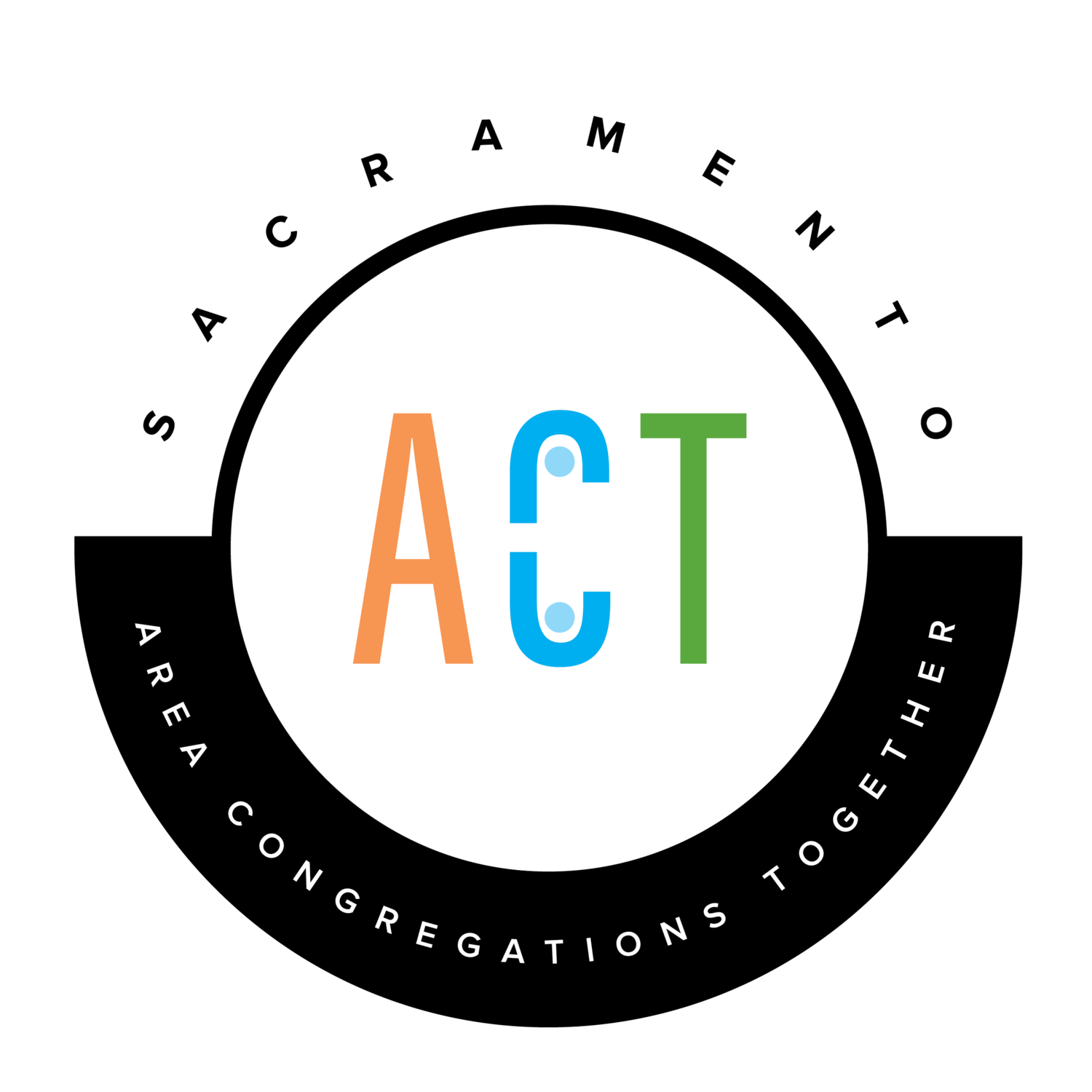A program comes to Sacramento with promises to repeat its success on gangs – if the city will cough up some cash, that is.
If you pay attention to this issue, that sounds awfully familiar. Seven years ago, it was Ceasefire, which started in Boston and made inroads in south Sacramento but eventually lost city support and withered away.
Now, it’s Advance Peace, which created its model in the Bay Area city of Richmond, and has been picked by the mayor’s anti-gang task force to help reduce gun violence in Sacramento.
Under the program, young adults identified as the most likely shooters and victims become “peacemaker fellows” and get intensive services, including life coaching, travel, mentoring, internships and stipends for reaching milestones. “Reformed” gang members are hired as “street outreach change agents” to settle conflicts and steer youths to the program.
Monday, the local backers of Ceasefire went to Richmond to check it out and they came back encouraged. Call me cynical, but I’m not sold yet.
There’s no doubt that Advance Peace has big goals for Sacramento. It wants to cut gun-related homicides and shootings in half over four years. It pledges to invest $1.5 million over four years and have at least 90 fellows. In return, it wants a four-year contract and the city to commit at least $250,000 a year.
Last week, the City Council put off until next month a deal of $500,000 – money that would come out of the $1.2 million gang task force budget for 2017-18 and could reduce grants to community groups working with high-risk children.
The delay was the right move. Actually, the council should hold off until there’s a new police chief, who needs a say because any anti-gang program won’t succeed without the department’s support.
What happens next matters to taxpayers and everyone who works or lives in Sacramento, but most of all to those residents trying to raise families, or just survive, in neighborhoods torn apart by gang wars.
So before voting on this, council members must clear up some things: How will Advance Peace work with local nonprofits and community leaders already deeply involved in this issue? Will it strengthen them so when the program ends, the momentum doesn’t die?
How will the program coordinate with law enforcement? What is the overall strategy for the long term?
Without clear answers and an ironclad commitment, we could repeat the sad history of Ceasefire in Sacramento.
I saw it work in some of the hardest-core gang areas of Boston, so was hopeful when it started here. In the Mack Road corridor, ministers led night walks to get the word out. Gang members were called into meetings with clergy and police and given an ultimatum – accept job training, education and other services, or face arrest and prison.
Ceasefire seemed to produce results early on, but when state and federal funding ran out, the city didn’t pick up the slack. Led by Sacramento Area Congregations Together, the local Ceasefire partnership lobbied for $2 million a year to expand the program to Del Paso Heights and Oak Park.
But City Hall refused, with some saying that Ceasefire spent too much on administration. Skeptics included the police chief at the time, Sam Somers, who instead started a Cops and Clergy program to reach out to youths. Somers retired in December, in the wake of caught-on-video police shootings of unarmed black men.
So now we’re seeking the next solution to gangs.
Advance Peace, supported by the Draper Richards Kaplan Foundation in Menlo Park, is the brainchild of DeVonne Boggan, who was director of Richmond’s Office of Neighborhood Safety from 2007 to 2016.
The program claims that firearm assaults plummeted and that 94 percent of fellows are still alive and 75 percent have not become suspects in gun crimes. Boggan and his program have received some good publicity from the likes of CNN and Mother Jones magazine, and also have some data to back up the claims. Richmond’s murder and violent crimes rates did drop, though there was also an uptick in 2015, as in many other California cities. A 2015 study called it a “strong contributing factor” in the violent crime drop, along with policing, the improving economy and an overall decline in crime.
Everyone wants to loosen the grip of gangs on neighborhoods and to keep kids from joining, so it’s a matter of figuring out the most effective and affordable approaches.
After meeting Boggan on Monday, Pastor Les Simmons, a Sacramento Area Congregations Together board member who was active in Ceasefire, said the city should invest in Advance Peace because it comprehensively focuses on the 1 percent responsible for much of the violence. ACT lead organizer Danielle Williams called the program a community-driven strategy and urged the city to “put its money where it’s mouth is.” “Law enforcement is not the solution,” she added in a statement.
The city’s anti-gang task force, created by Kevin Johnson after the high-profile shootings outside a south Sacramento barber shop in December 2010, was re-established after violent crime spiked in 2015 after a decade of decline. Crime fell last year, according to police numbers.
Khaalid Muttaqi, the gang task force director, says while Advance Peace is similar to Ceasefire, it puts more emphasis on social services and doesn’t threaten gang members with arrest. Human nature being what it is, we’ll see if it works to offer carrots without also having sticks.
I also can’t help but wonder what would have happened if the city had stuck with Ceasefire, fixed its faults and helped it grow. Just maybe, Sacramento might be celebrating its success instead of hoping this new program turns out to be the answer.
